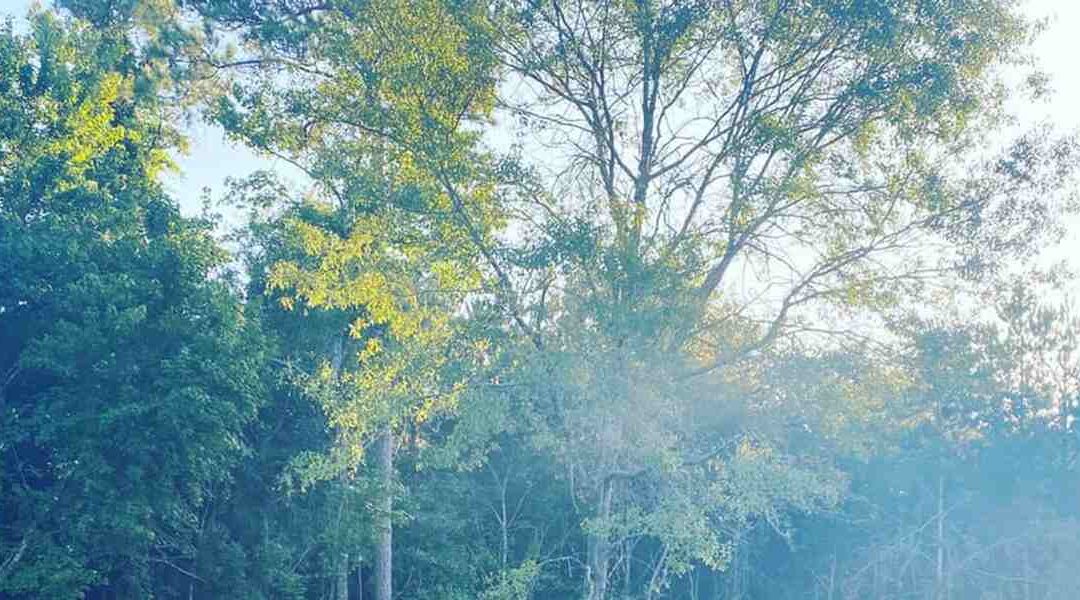Yellow trees during the fall are often a sight to behold. However, you should be worried if your tree has unsightly yellow leaves all year round. It could be suffering from chlorosis, which is leaf yellowing from chlorophyll loss.
Manganese or iron deficiency is the primary cause of chlorosis in trees. This condition may also result from high soil pH, which makes the iron unavailable for trees to absorb.
In this post, we look deeper into chlorosis as explained by Arkadelphia’s tree health care service specialists at Urban Jacks Tree Service.
How to Identify Chlorosis in Trees
The most notable symptom of chlorosis is the yellowing of leaf tissue, with the veins remaining dark green. The reason for this is that plants can’t generate chlorophyll without iron. Over time, the lack of chlorophyll slows down plant growth.
Severe cases of chlorosis can lead to the foliage fading from yellow to white to brown, eventually killing the tree. Keep in mind that iron chlorosis symptoms may mimic those of nitrogen deficiency.
Luckily, you can easily differentiate them with the following tips:
- For chlorosis, leaf yellowing starts with new growth. For nitrogen deficiency, yellowing starts with old growth.
- For iron chlorosis, the leaves usually appear yellow with dark green veins. For nitrogen deficiency, the entire leaf turns yellow, including the veins.
The most effective way to determine if your trees suffer from iron chlorosis or nitrogen deficiency is by sending your soil to a local laboratory for testing. While you can test the soil yourself, laboratory tests are more comprehensive and often give details about soil pH, nutrient composition, and necessary remedies.
Treatment Options for Chlorosis in Trees
You can treat your trees for chlorosis with soil treatment, foliar application, or trunk injection. An experienced tree care professional will help you choose the best option.
Treating the Soil
Treating your soil is the easiest way to control iron chlorosis in trees. Mix equal parts of iron sulfate and elemental sulfur to produce long-term yet cost-effective results.
Add the mixture around the tree’s dripline by digging and filling small holes about 15 inches deep and 1.5 inches wide. Leave about four inches of space beneath the opening and ensure the holes are roughly 20 inches apart.
This mixture will slowly neutralize your soil’s pH. The effects of a single treatment can last up to four years, depending on the severity of the problem.
Applying Foliar on Leaves
You can also treat chlorosis by applying an iron sulfate solution to the tree’s foliage. This treatment helps replenish any nutrients the tree lacks.
However, foliar treatment is a temporary remedy that only works well for younger trees. Its effectiveness doesn’t last as long as a soil treatment, and you may need to repeat it as new leaves develop.
Injecting the Trunk with Iron
While this is a more complex process for treating chlorosis in trees, it’s the most effective when done correctly. Trunk injection involves drilling small holes into the tree’s trunk and directly placing iron compounds in liquid or dry form. Tree care experts recommend drilling near the soil surface as it has proven to be the most effective placement.
Because controlling chlorosis can be challenging and expensive, prevention is better than treatment. You should select tree species that can withstand high soil pH and are less susceptible to chlorosis.
Contact Your Local Tree Experts for Assistance
If you need professional help to control chlorosis in trees, call Urban Jacks Tree Service. We offer a wide range of tree care and maintenance services in Arkadelphia and the surrounding areas.
Contact us at (501) 547-4018 for a free estimate or to learn how to tell if your tree is dying.

